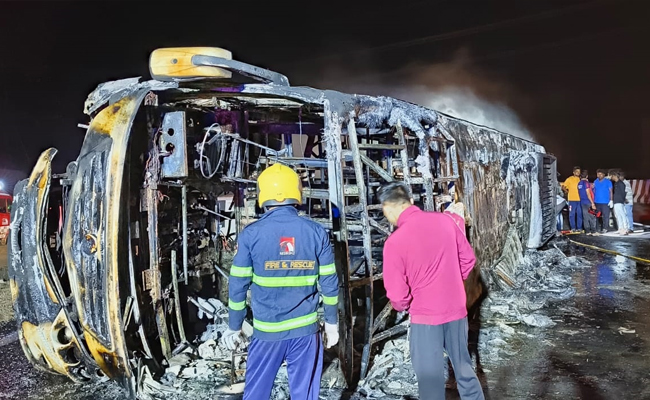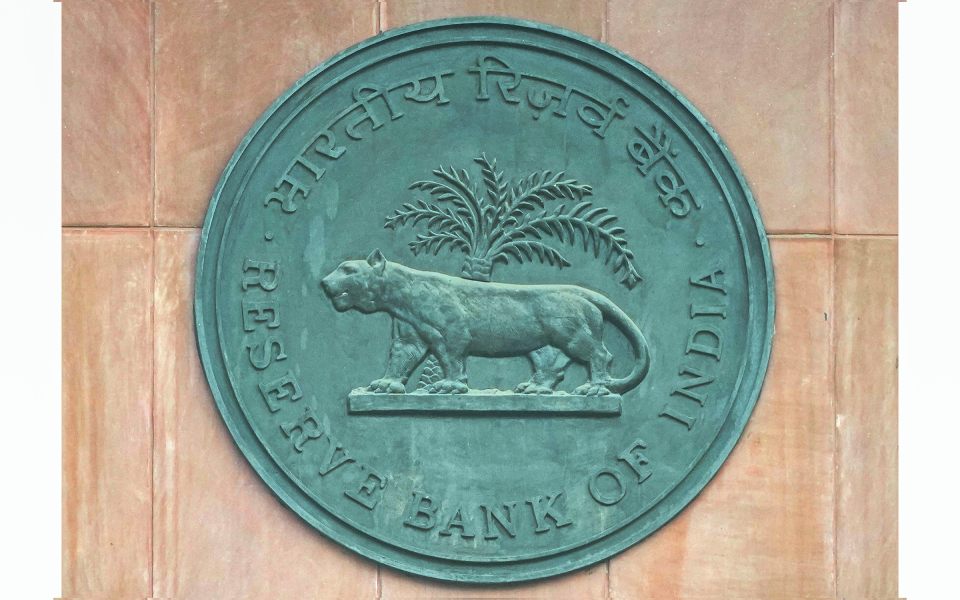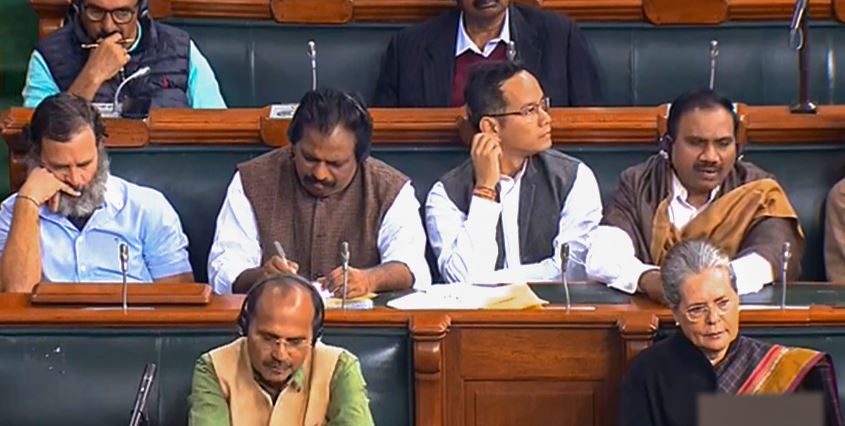Amravati (PTI): A tyre burst could not have caused Saturday's bus accident on Samruddhi Expressway, in which 25 persons were charred to death, as there were no pieces of rubber or tyre markings at the scene, the Amravati Regional Transport Office (RTO) stated in its report.
The RTO report, which was based on survivors' accounts, said there was no evidence (rubber pieces of tyres after burst) or tyre markings at the spot, and the impact marking was on the wheel disc, which was bent, and not on the tyre itself.
A bus carrying 33 passengers from Nagpur to Pune on the Samruddhi Expressway overturned and caught fire in Sindkhedraja in Buldhana at 1.32 am, killing 25 occupants.
As per the details provided by one of the survivors, the bus dashed into a steel pole on the right side of the road, leading to the driver losing control of the vehicle, which then hit the divider, the report said.
It further said the impact of the front tyre hitting the divider was so severe that it caused the front axle assembly to dislocate from the bus chassis.
The right side of the vehicle, where the diesel tank is located, again hit the divider, the impact cleaving the bus body, the report said.
After the front axle assembly got dislocated, the front portion of the bus hit the road and the resultant friction generated heat and fire (as engine oil temperature was also high since the bus was in on mode), the report said.
The vehicle then overturned on its left side after getting dragged due to the absence of the front axle, which caused more heat resulting in a blaze, it added.
The bus turning turtle on its left side blocked the passenger entrance-exit and the loss of alignment of the vehicle due to the impact of the accident also made the emergency door inoperative, it said.
The report, however, noted that speed may not have been a cause of the accident since the bus took two hours and 24 minutes to cover the 152-kilometre stretch from the entry point of the Samruddhi Expressway to the spot in Sindkhedraja where the accident took place.
The bus entered the Expressway at 11:08 pm and the accident took place 152 kilometres away at 1:32 am, which means the average speed of the bus was 70 kilometres per hour, the report said.
The bus was on its way from Nagpur to Pune and had started its journey from Vidarbha's largest city at 5pm on Friday.
It was on the Nagpur-Wardha-Yavatmal-Darwha-Karanja(Lad)-Samruddhi Expressway-Pune route, the report said.
Let the Truth be known. If you read VB and like VB, please be a VB Supporter and Help us deliver the Truth to one and all.
Mumbai, Aug 13 (PTI): The RBI will introduce a new mechanism from October 4 for clearance of cheques within hours of being presented to banks, reducing the current time period of up to two working days.
Cheques will be scanned, presented, and passed in a few hours and on a continuous basis during business hours. The clearing cycle will be reduced from the present T+1 days to a few hours.
Cheque Truncation System (CTS) currently processes cheques with a clearing cycle of up to two working days.
To improve the efficiency of cheque clearing and reduce settlement risk for participants, and to enhance customer experience, the RBI has decided to transition CTS from the current approach of batch processing to continuous clearing with 'on-realisation-settlement'.
The Reserve Bank of India (RBI) has issued a circular for introduction of Continuous Clearing and Settlement on Realisation in CTS.
"It has been decided to transition CTS to continuous clearing and settlement on realisation in two phases. Phase 1 shall be implemented on October 4, 2025 and Phase 2 on January 3, 2026," it said.
There will be a single presentation session from 10:00 AM to 4:00 PM.
Cheques received by the branches shall be scanned and sent to the clearing house by the banks immediately and continuously during the presentation session, RBI said.
"For every cheque presented, the drawee bank shall generate either positive confirmation (for honoured cheques) or negative confirmation (for dishonoured cheques)," it said.
During Phase 1 (from October 4, 2025 to January 2, 2026), drawee banks will be required to confirm (positively/negatively) cheques presented on them, latest by the end of the confirmation session (7:00 PM), else those will be deemed to have been approved and included for settlement.
In Phase 2 (from January 3, 2026), the item expiry time of cheques shall be changed to T+3 clear hours.
Giving an example, the RBI said the cheques received by drawee banks between 10:00 AM and 11:00 AM will have to be confirmed positively or negatively by them by 2:00 PM (3 hours from 11:00 AM).
Cheques for which confirmation is not provided by the drawee bank in the prescribed 3 hours shall be treated as deemed approved and included for settlement at 2:00 PM.
RBI further said that on completion of settlement, the clearing house will release the information of positive and negative confirmations to the presenting bank.
"The presenting bank shall process the same and release the payment to the customers immediately, but not later than 1 hour from successful settlement, subject to usual safeguards," it said.
RBI directed banks to make their customers adequately aware of the changes in the cheque clearing process.
Banks have also been asked to be in readiness to participate in continuous clearing in CTS on the prescribed dates.





